Plein Air Drawing for Beginners
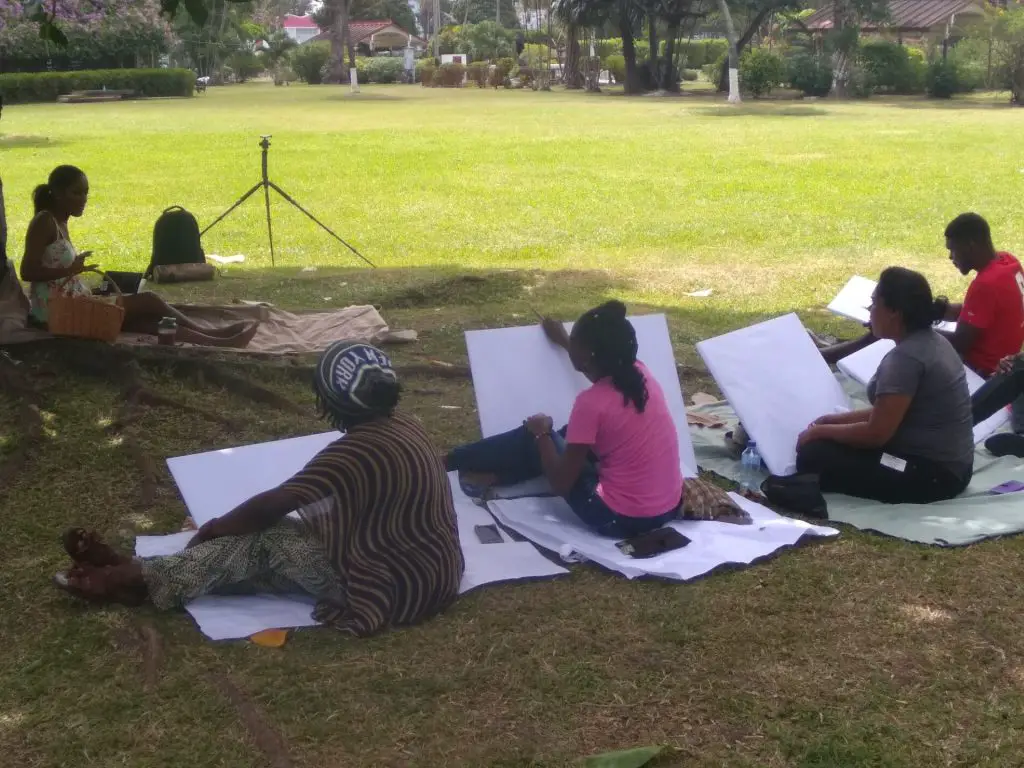
The world of art is vast and varied, offering a myriad of avenues for creative expression.
One such path is plein air drawing, a practice that takes the artist outdoors to capture the essence and beauty of natural landscapes.
Whether you’re drawn to bustling cityscapes or tranquil countryside scenes, plein air drawing provides an opportunity to refine your skills and appreciate the world around you.
In this guide, we’ll explore the essentials of plein air drawing for beginners, providing you with the tools and techniques needed to start your journey.
Key Takeaways
- Embrace the Basics: For beginners, it’s essential to start with simple sketches, focusing on capturing basic shapes and proportions. This foundational approach helps in understanding composition and developing an eye for detail as you become more experienced in plein air drawing.
- Be Prepared and Flexible: Outdoor conditions can be unpredictable. Being prepared with the right supplies and willing to adapt to changing elements (such as light and weather) is crucial for a successful plein air drawing experience.
- Practice and Patience Are Essential: Developing your skills in plein air drawing requires practice and patience. Regular practice will enhance your abilities and confidence, while patience will help you navigate the challenges that come with drawing outdoors.
Table of Contents
Introduction to Plein Air Drawing
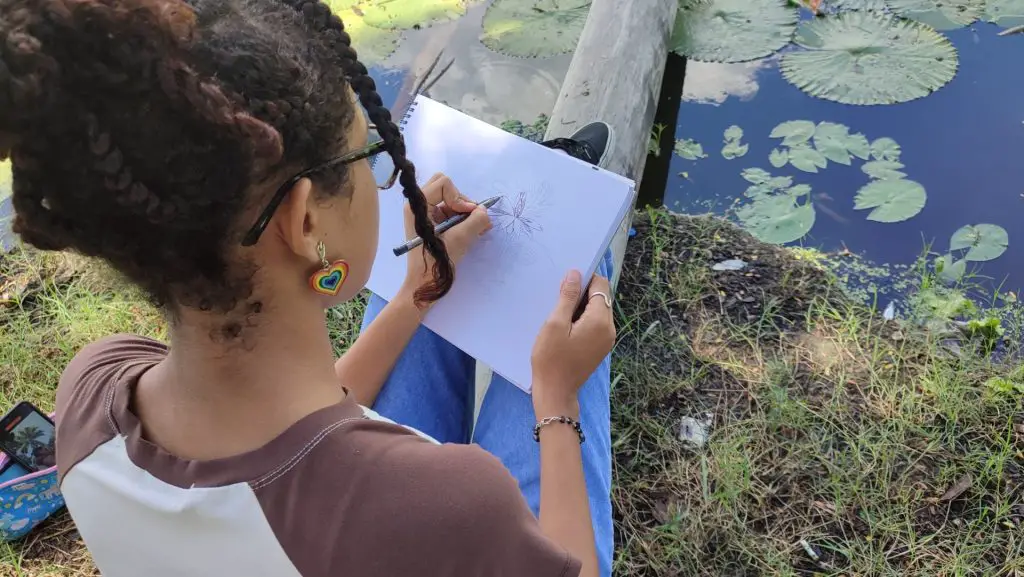
Definition and History:
Plein air drawing translates from French to “open air,” and involves creating art outside rather than in a studio.
This practice dates back to the early 19th century and became especially popular with the Impressionists.
They sought to capture natural light and color by working directly within their subject’s environment.
The Appeal of Outdoor Sketching:
Venturing outdoors to draw allows artists to experience their subjects firsthand, engaging with the sights, sounds, and smells of the environment.
This immersive experience can inspire creativity and bring a unique authenticity to your artwork.
Gathering Your Supplies
Essential Tools:
- Sketchbook: A portable sketchbook with good-quality paper is crucial. Opt for one that can handle the medium you choose, whether it’s pencil, charcoal, or ink.
- Pencils and Charcoal: Start with a range of soft to hard pencils (e.g., 2B to 6B) and some charcoal sticks for contrast and depth.
- Erasers: A kneaded eraser is excellent for creating highlights and correcting mistakes.
- Portable Easel: While not necessary when starting, a lightweight easel can be useful for comfortable sketching.
- Travel Bag: A durable bag to carry your supplies, ensuring you have easy access to everything you need.
Optional Tools:
- Colored Pencils or Watercolors: For those interested in adding color, these are easy to transport and integrate into your drawings.
- Spray Fixative: To set your work and prevent smudging, especially useful when using charcoal or pastel.
Choosing Your Subject and Location
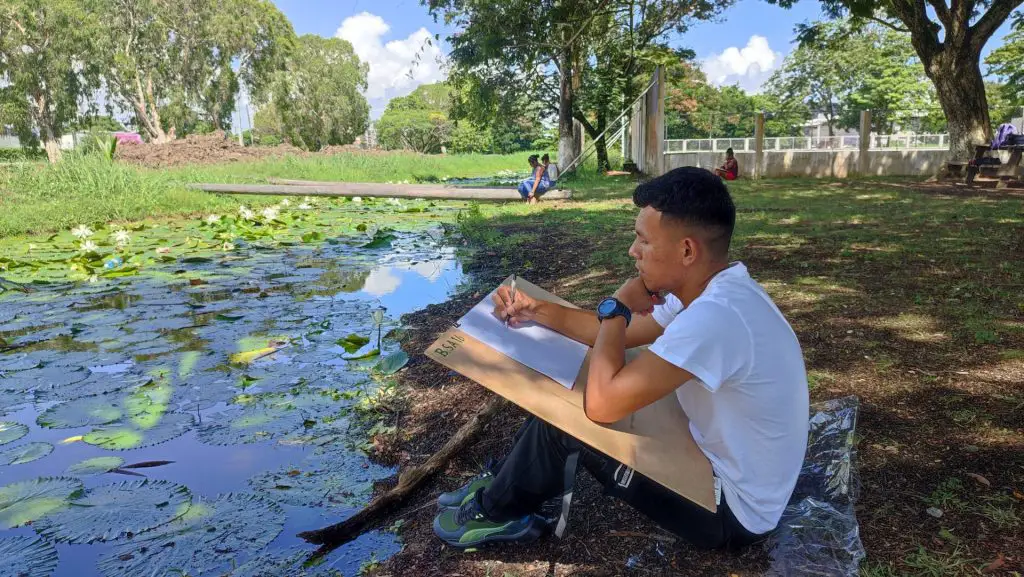
– Finding Inspiration
Before heading out, think about what kind of scenes inspire you.
Are you drawn to the bustling energy of urban settings, the serene beauty of rural landscapes, or perhaps the dynamic interplay of light and shadow in a park?
Look for locations with interesting compositions and a variety of textures and tones.
– Time of Day Matters
The lighting can dramatically alter the mood and appearance of your scene.
Early morning and late afternoon offer softer, warmer light, while midday sunlight provides strong contrasts and sharp shadows.
Techniques and Tips for Beginners
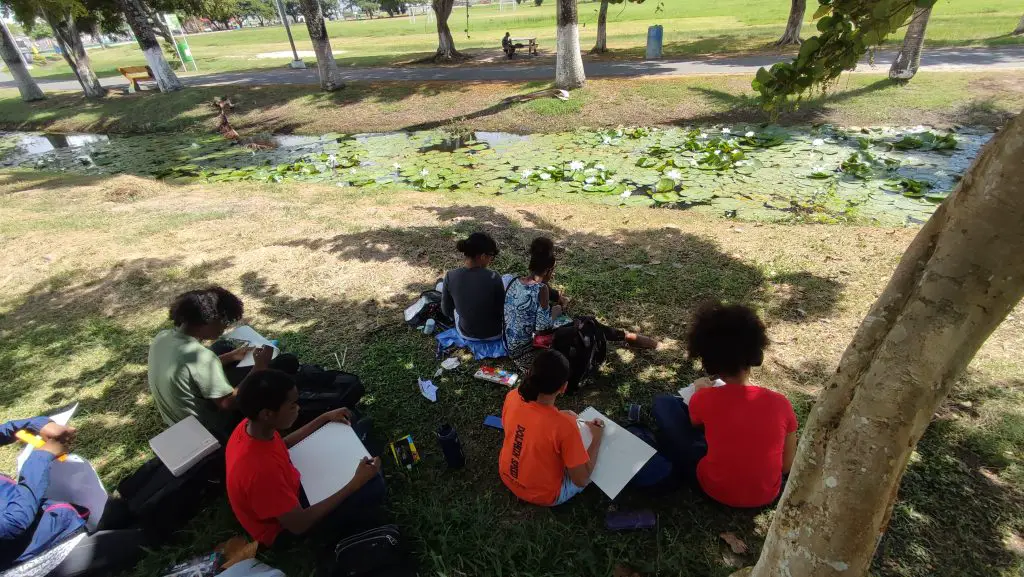
1. Start Simple
Begin with simple sketches, focusing on the basic shapes and proportions of your chosen scene.
Don’t be overly concerned with detail at first; capturing the essence and composition is key.
2. Use a Viewfinder
A viewfinder can help frame your scene and establish a compelling composition. You can create one using a piece of cardboard with a rectangular window cut out.
3. Focus on Light and Shadow
Understanding the interplay between light and shadow is fundamental in plein air drawing.
Observe how the light affects different parts of your scene and use shading to create depth and dimension.
4. Stay Flexible
Outdoor conditions can change rapidly.
Be prepared to modify your approach, whether it’s adjusting to changing light, and weather conditions, or altering your composition if something catches your eye.
5. Practice Gesture Drawing
Gesture drawing involves quickly capturing the basic forms and movements in your scene.
These brief sketches (usually 1-5 minutes) help train your eye and hand coordination, facilitating more fluid and dynamic work.
6. Be Patient and Persistent
Plein air drawing requires patience. There will be days when the elements won’t cooperate or your sketches won’t turn out as planned.
The key is persistence; continued practice will improve your skills and confidence over time.
The Environmental Aspect of Plein Air Drawing
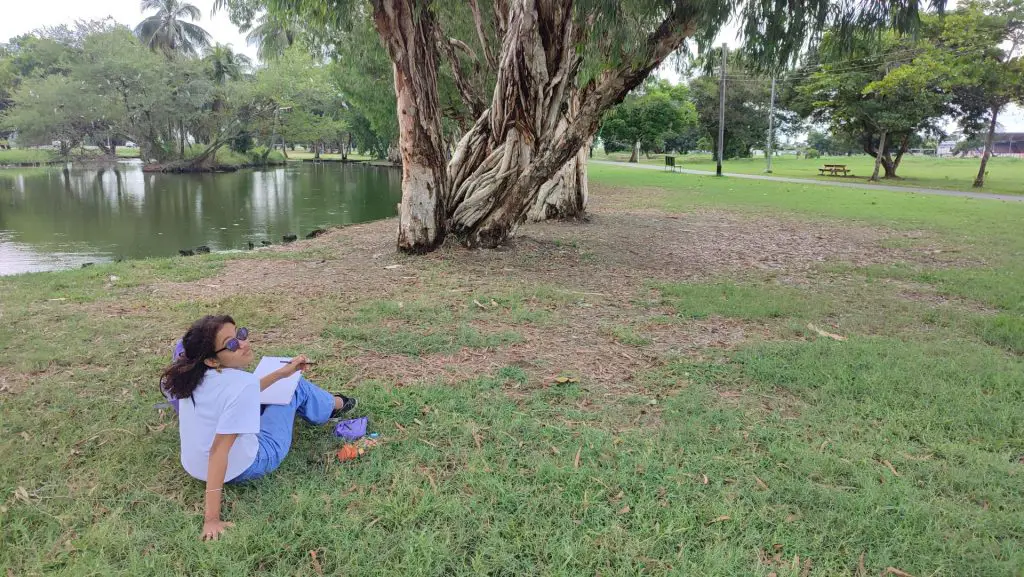
Respect Nature
While immersed in your work, remember to respect nature and leave your setting as you found it. Avoid disturbing wildlife and ensure you carry out any refuse.
Weather Considerations
Prepare for the elements by dressing appropriately and having essentials such as sunscreen, water, and a hat.
Consider the weather forecast to ensure a comfortable and productive drawing session.
Learning from Other Artists
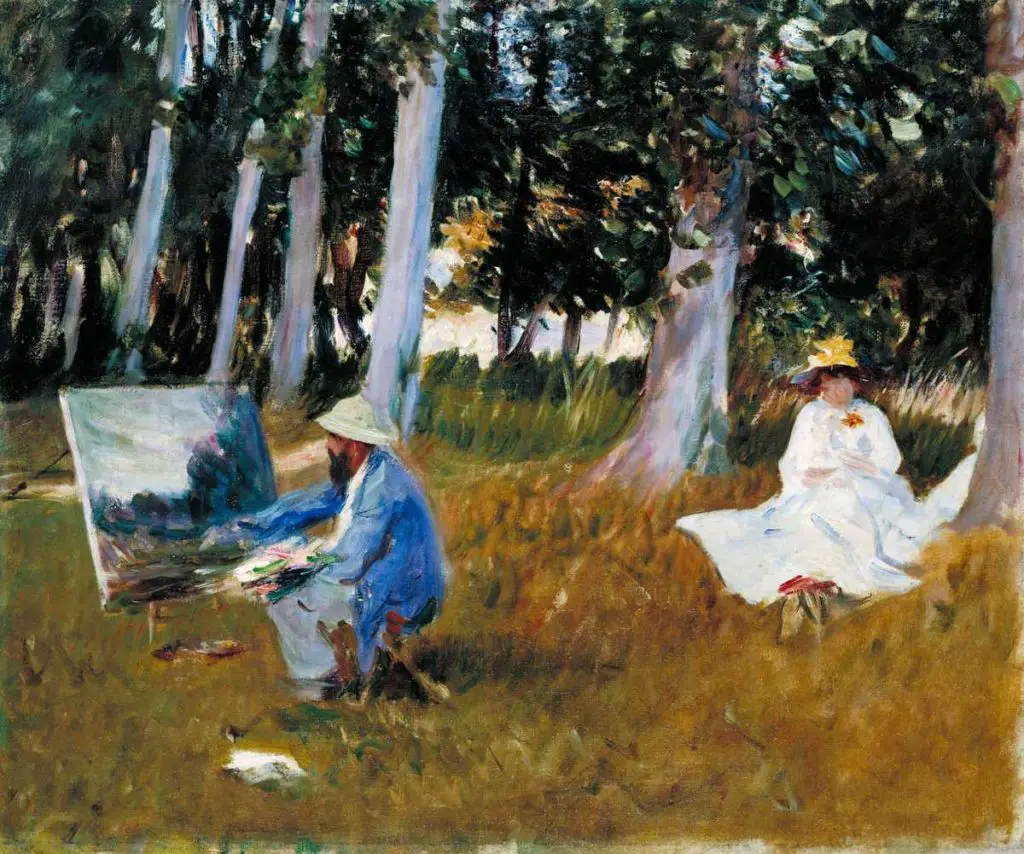
Study the Masters’
Learn from renowned plein air artists by studying their work and techniques. Observe how they handle light, color, and composition.
Join a Community
Connecting with other artists can provide inspiration, support, and constructive feedback.
Look for local plein air groups or online communities to share your experiences and learn from others.
Concluding Thoughts on Plein Air Drawing for Beginners
Embarking on the plein air drawing journey opens up a world of artistic possibilities.
While initially challenging, the practice is immensely rewarding, offering the chance to improve your skills while deeply connecting with your surroundings.
As a beginner, focus on enjoying the process and gradually refining your techniques.
With time, patience, and practice, plein air drawing can become a fulfilling part of your artistic repertoire.
Grab your sketchbook, head outside, and start capturing the world one line at a time.
References
- https://www.artistsnetwork.com/art-subjects/plein-air/plein-air-art/
- 9 Composition Tips for Artists – Brad Blackman Fine Art. (n.d.). https://bradblackman.com/compositional-templates/
- https://doncorgi.com/blog/gesture-drawing-tips/
- Haas, C. D. (2022, January 18). How to Start a Plein Air Group, Part 1 – OutdoorPainter. OutdoorPainter. https://www.outdoorpainter.com/how-to-start-a-plein-air-group-part-1/
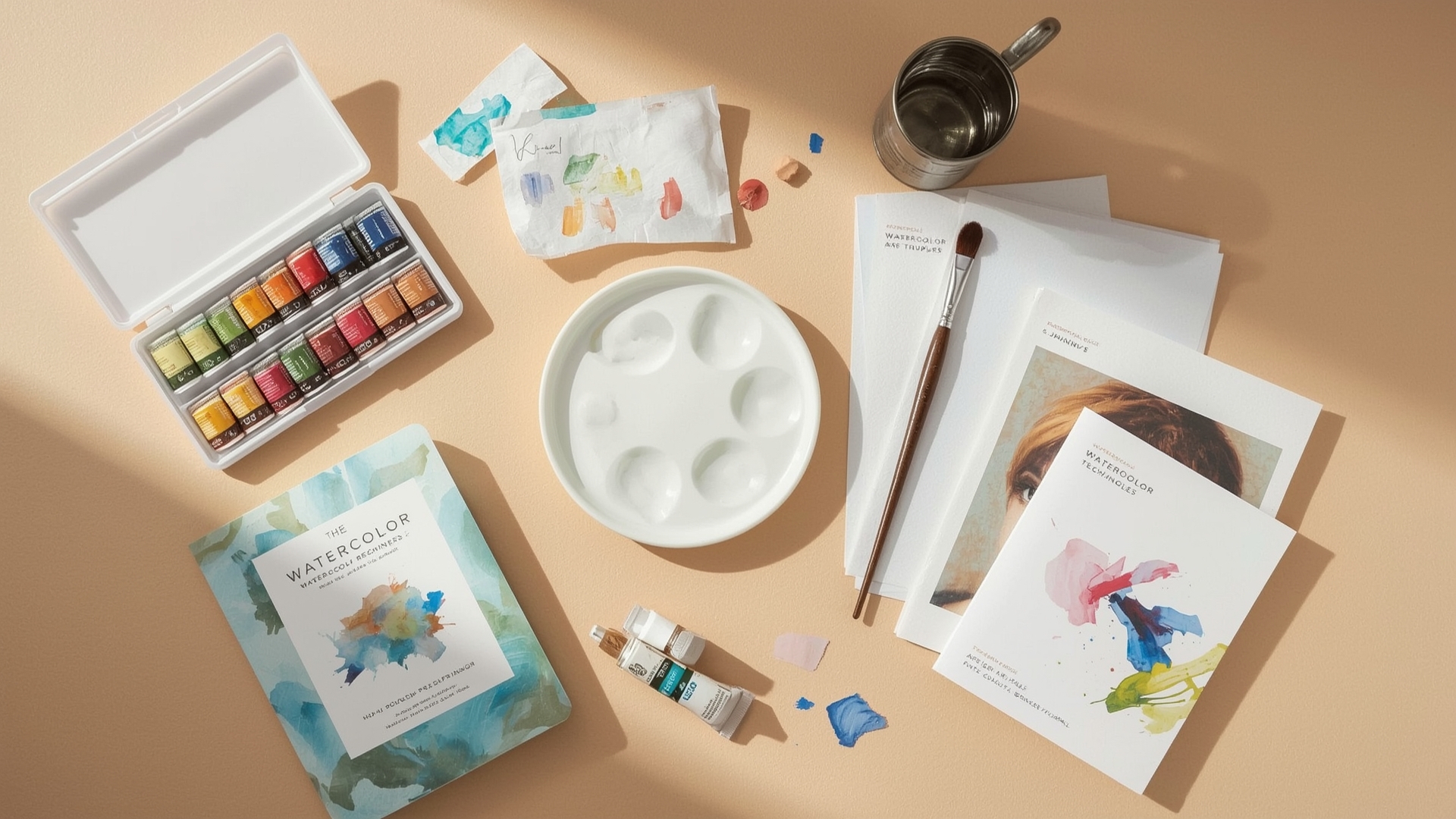
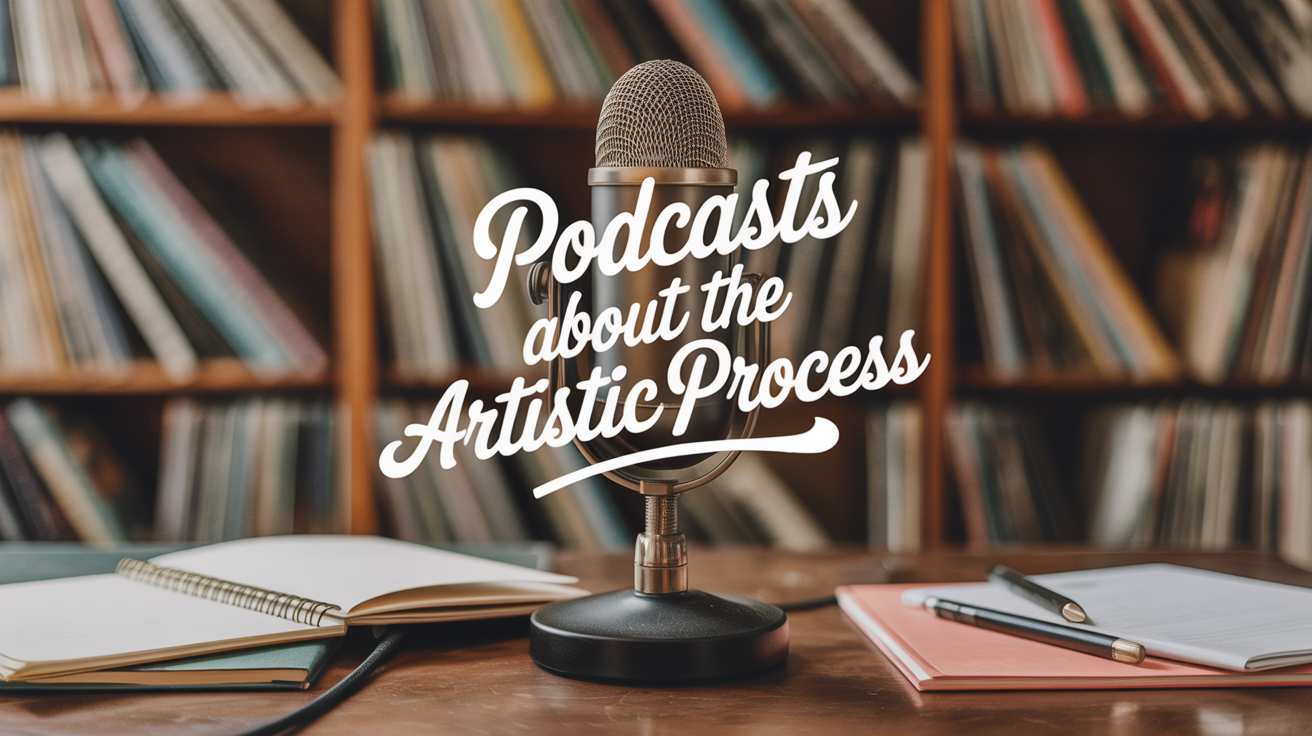
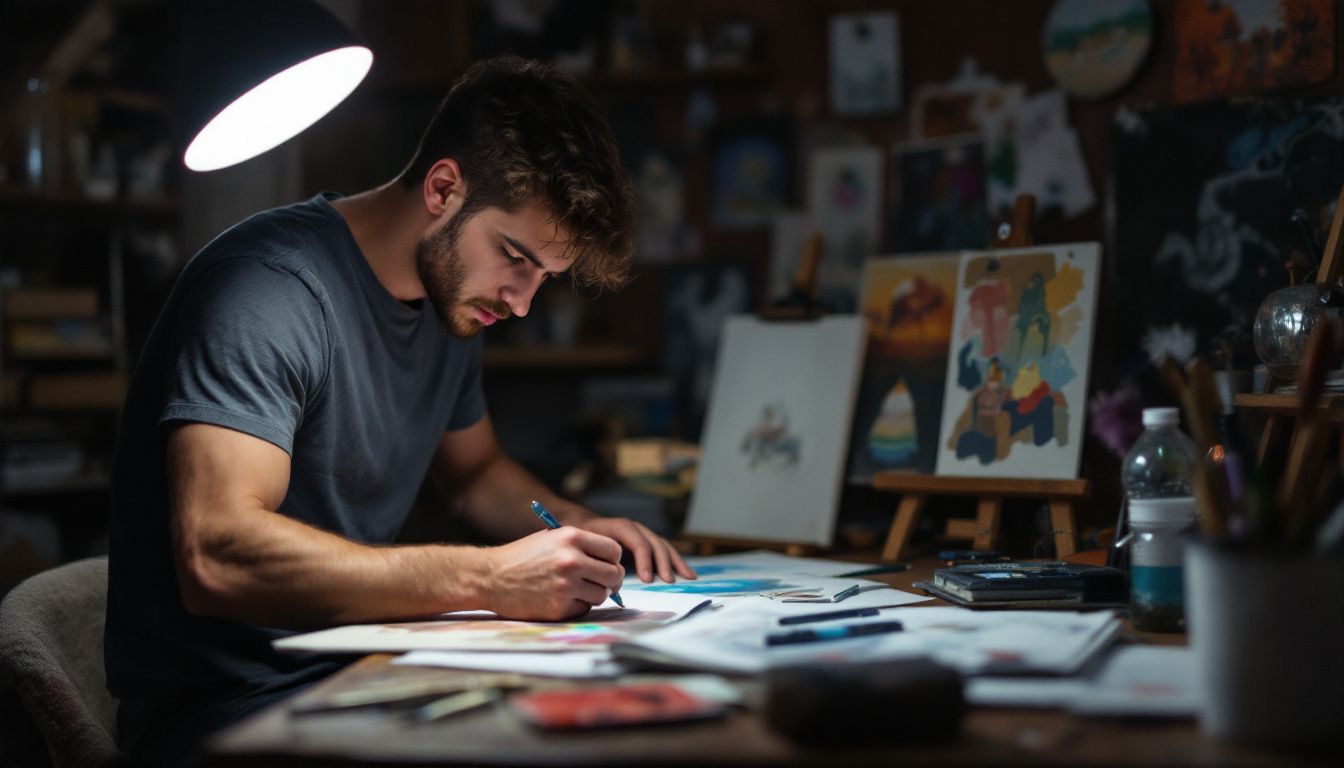
Leave a Reply